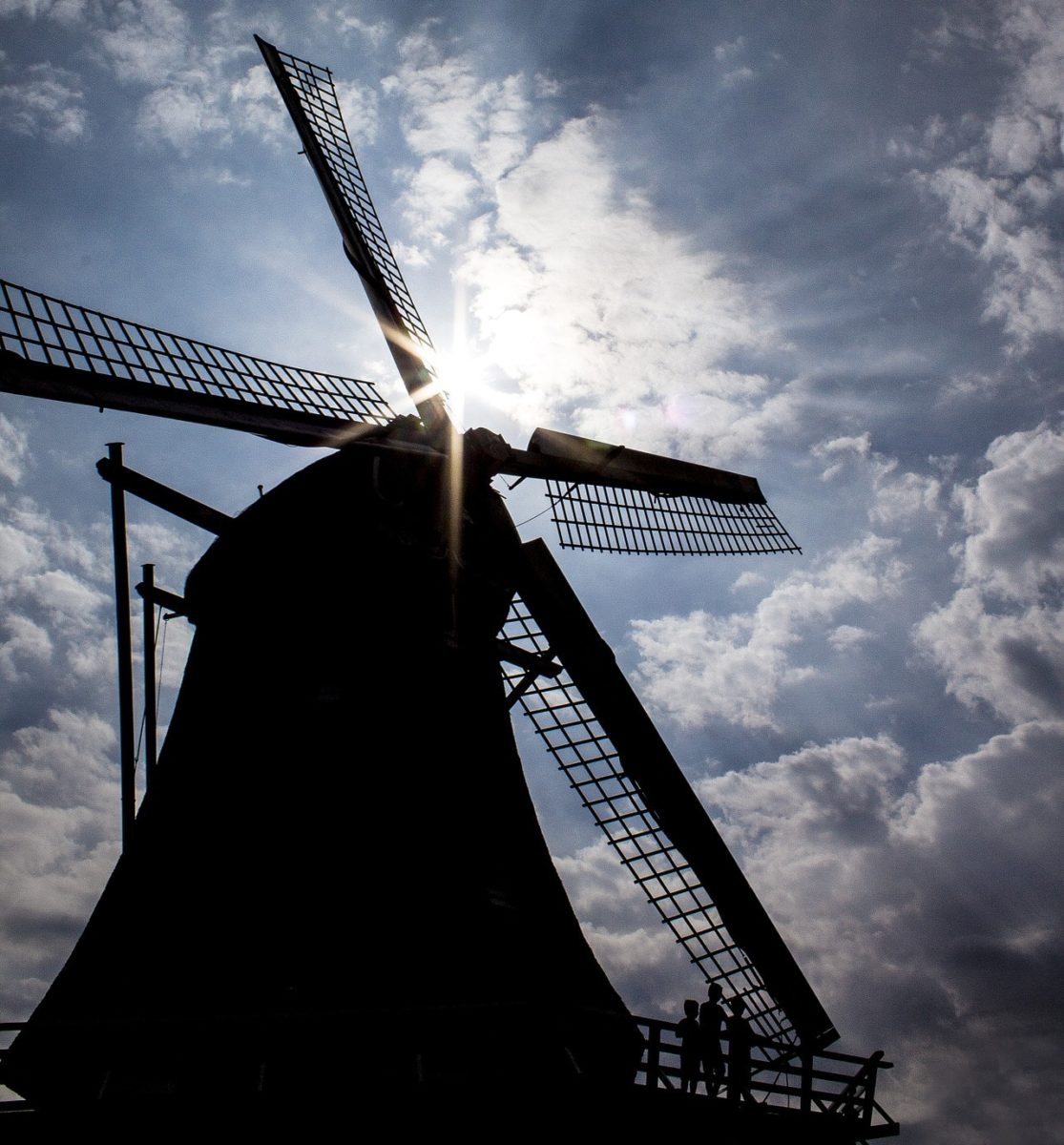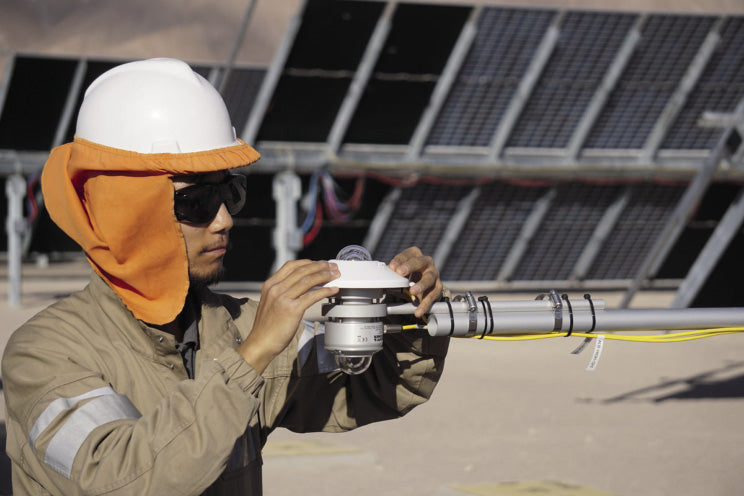https://www.pv-magazine.com/2022/04/22/the-hydrogen-stream-magnetic-alloys-for-efficient-hydrogen-cooling/
The Hydrogen Stream: Magnetic alloys for efficient hydrogen cooling

Schematic of the active magnetic regenerator for hydrogen liquefaction.
Image: Sepehri Amin Hossein National Institute for Materials Science H.SEPEHRIAMIN@nims.go.jp
National Institute for Materials Science (NIMS), Tohoku University and Japan Synchrotron Radiation Research Institute (JASRI) have developed a series of Er(Ho)Co2-based magnetic cooling alloys that can be used to efficiently cool hydrogen from 77 K to 20 K. This temperature range, according to the scientists, represents a wide operating temperature window due to the stacking of the refrigerants covering the range of application temperatures for hydrogen liquefaction, easy fabrication, and stable magnetocaloric properties of gas-atomized particles. Prior to this research, Er(Ho)Co2-based magnetic compounds' cooling capability was previously not reversible due to their poor cyclic performance. “These problems are overcome in this work. This research group discovered that by adding trace amounts of 3d transition metal elements make the compounds resistant to deterioration caused by repeated magnetic field application and temperature fluctuation,” NIMS wrote on Thursday. Their findings were presented in a study published in nature communications.
Scientists at the U.S. Department of Energy’s Idaho National Laboratory (INL) used a “simple” acid treatment to bond the electrode to the electrolyte more tightly within protonic ceramic electrochemical cells (PCECs). “The increased surface area caused a tighter bond between electrode and electrolyte that allowed for a more efficient flow of hydrogen atoms. Additionally, the cell stability improved significantly, especially under certain extreme conditions,” Idaho National Laboratory wrote. The team, which published the results in the scientific journal nature, included researchers from Massachusetts Institute of Technology, New Mexico State University, and the University of Nebraska-Lincoln.
The Fraunhofer Institute for Laser Technology ILT in Germany will officially open its laboratory for interdisciplinary collaboration on hydrogen in May. The aim is to advance fuel cells' cost-optimized and demand-oriented series production. “Researchers at Fraunhofer ILT are working on laser processes for the production of bipolar plates used in fuel cells. By selectively structuring and coating bipolar plates, research can significantly improve their efficiency and functionality,” Fraunhofer Institute wrote earlier this month. The facilities will also work on structuring with ultrashort pulse lasers for laser-based coating and high-speed welding and cutting.
H2FLY, a German developer of hydrogen fuel cell technologies for aircraft, announced that its demonstrator four-seat plane, the HY4, is the first hydrogen-electric passenger aircraft to be piloted between two major airports. “We are also thrilled to have set what we believe to be a new world record by reaching an altitude of over 7,000 feet with our HY4 aircraft,” Josef Kallo, co-founder and CEO of H2FLY, commented. The aircraft flew from Stuttgart to Friedrichshafen to participate in the AERO Friedrichshafen airshow, taking place from April 27. “It also serves as a test platform to further develop the propulsion system and thus lay the foundation for development work on a hydrogen-electric-powered, 40-seat Dornier 328, which will be developed jointly with Deutsche Aircraft by 2025,” the company wrote on Tuesday.
Vessel owner Switch Maritime told Reuters that the 75-passenger ferry service in the San Francisco Bay would begin operations in June. The manufacturer, All American Marine, unveiled the project in December 2021. The vessel has a hydrogen fuel cell power package provided by Zero Emissions Industries, comprised of 360 kW of Cummins fuel cells and Hexagon hydrogen storage tanks with a capacity of 246 kg. Several deals to promote hydrogen-fuelled vessels have been signed over the last months, mostly in the US and Northern Europe. A team led by Seattle City Light, Pacific Northwest National Laboratory (PNNL), and Sandia National Laboratories announced in November 2021 two studies exploring the potential of shifting from fossil fuel to clean hydrogen as fuel to power medium and heavy-duty vehicles. Norway is also active in the sector. In January 2022, Torghatten Nord signed a contract with the Norwegian Public Roads Administration to operate hydrogen ferries between Bodø and Lofoten from 2025. In June 2021, the Norwegian Ministry of Climate and Environment's Enova funding agency announced its support for liquid organic hydrogen applications company Hydrogenious LOHC Maritime.
AMEA Power, an Emirati renewable project developer, and Egyptian authorities signed a memorandum of understanding (MoU) to produce 390,000 tonnes of green ammonia per annum over two phases in Ain Sokhna, Egypt. “Renewable energy will be used to power large-scale electrolyzers to produce green hydrogen, without generating carbon emissions,” the Emirati company wrote on Thursday. This is AMEA Power's first green hydrogen project. “This green hydrogen will then be used as feed-stock at an adjacent ammonia synthesis facility, also powered by renewables, for the production and export of green ammonia via the Ain Sokhna port.” AMEA Power is reportedly discussing green hydrogen and ammonia projects across the Middle East and Africa. Egypt is discussing hydrogen collaboration with the European Commission. It intends to become a hub for green molecules. Last month, the General Authority for Suez Canal Economic Zone (SCZONE), the Sovereign Fund of Egypt (TSFE), the Egyptian Electricity Transmission Company (EETC), and the New and Renewable Energy Authority (NREA) also signed an MoU with Norway's Scatec to jointly develop a green ammonia facility with a production capacity of 1 million tonnes annually. Also in March, British provider of oilfield services Petrofac announced it had secured its first new energy project in the country with a subsidiary of Egypt-focused Mediterranean Energy Partners (MEP).
Popular content
Portuguese project developer Madoqua Renewables teamed up with Dutch project developer and consultancy Power2X and Danish fund manager Copenhagen Infrastructure Partners (CIP) to build MadoquaPower2X, a €1 billion industrial-scale project for the production of green hydrogen and ammonia in Sines, Portugal. “MadoquaPower2X will use renewable energy and 500 MW of electrolysis capacity. It is the first project to be installed at the future energy and technological hub of Sines, with an industrial scale production of 50,000 tons of green hydrogen and 500,000 tons of green ammonia per year,” wrote the companies. The hydrogen will target local usage and export markets. The project, which would contribute nearly 25% of Portugal's envisaged 2 GW electrolyzer capacity by 2030, is reportedly expected to be ready for a final investment decision by the end of 2023. “Additionally, if preferred over ammonia production, MadoquaPower2X could meet 100% of Portugal's gas grid hydrogen injection targets.” In March, CIP invested in Dresden-based electrolyzer manufacturer Sunfire, an alkali and solid oxide technologies (SOEC) specialist. In February, CIP teamed up with three Spanish companies, Enagás, Naturgy and Fertiberia, and Danish wind turbine manufacturer Vestas to develop the first phase of Project Catalina on the Spanish Eastern coast.
Australia's Labor and Liberal parties are supporting a AUD 140 million ($102 million) funding commitment equally split between Pilbara and Kwinana, two new hydrogen centers in Western Australia. “This AUD 140 million commitment will supercharge our renewable hydrogen industry, helping to stimulate local demand for hydrogen to get production projects get off the ground,” commented Western Australia's Hydrogen Industry Minister Alannah MacTiernan. The Federal government chose not to support funding for a third project in Oakajee, however. The Kwinana project, developed by Macquarie Group and bp, will include an electrolyzer of at least 75 MW, hydrogen storage, compression and truck loading facilities. “Bp will soon release the outcomes of a feasibility study into the production of green hydrogen at the site,” the oil and gas major wrote on Tuesday.
MacTiernan released Wednesday the feasibility study on the conversion of the Henderson Waste Recovery Park in Western Australia into a renewable energy park. “The study successfully delivered a design for a green hydrogen facility, which also makes use of existing landfill gas power to enable round-the-clock off-grid hydrogen production,” the WA government wrote. The hydrogen would be used to refuel the City of Cockburn's refuse collection vehicles, including the option to re-use leachate water. Meanwhile, also on Wednesday, the Queensland government announced that local bus company Emerald Coaches would add two hydrogen fuel cell electric buses into its fleet of 120 diesel buses by mid-2023.
Australian automotive company H2X has signed a memorandum of understanding with the municipality of Trelleborg to develop the city's first-ever hydrogen high floor buses and a waste truck through local energy company Trelleborg Energi. “With the first fueling station up and running in Trelleborg in January 2023, these initiatives are an amazing start in transforming the vehicle sector in this region,” commented Magnus Sahlin, CEO of Trelleborg Energi.
Denmark-based Everfuel announced it teamed up with Denmark's Taulov Dry Port to build the country's largest hydrogen station. “The location of a hydrogen station in Taulov Dry Port is an important strategic location,” wrote Everfuel.
This content is protected by copyright and may not be reused. If you want to cooperate with us and would like to reuse some of our content, please contact: editors@pv-magazine.com.



